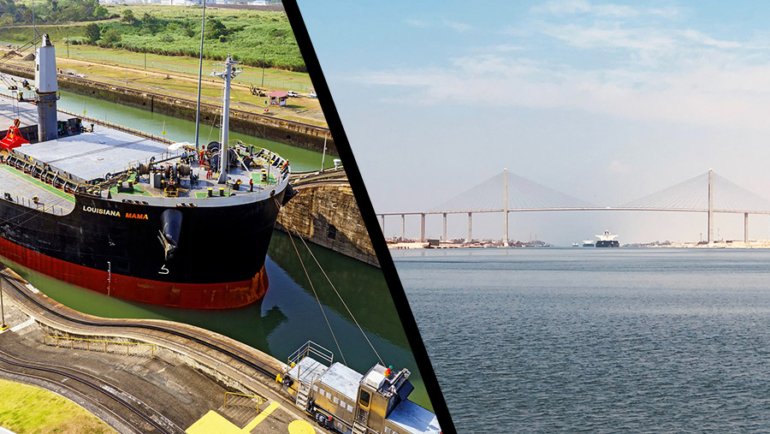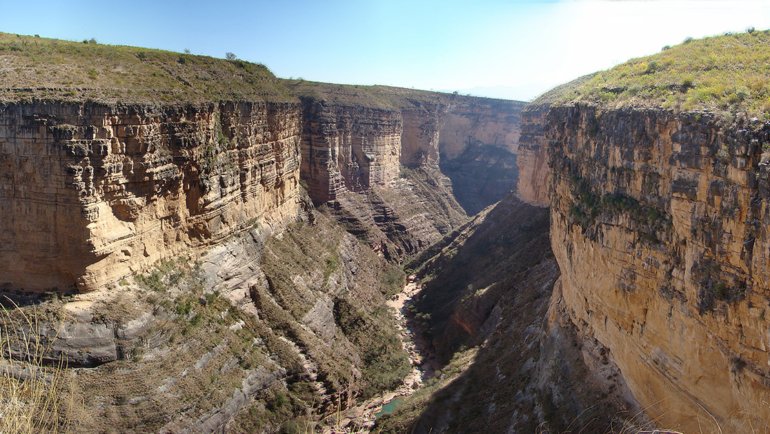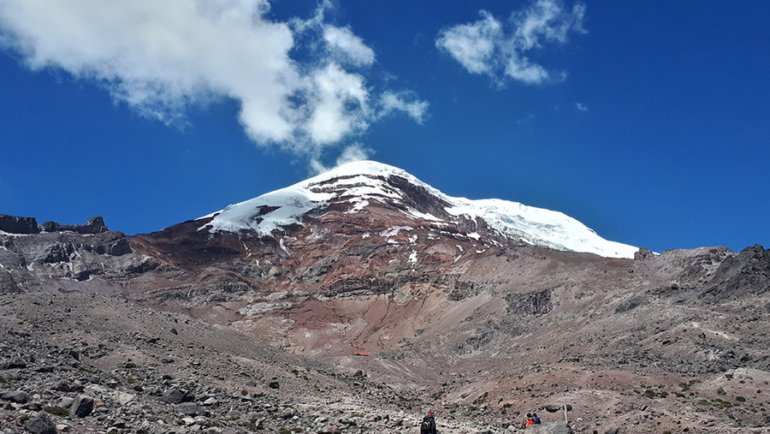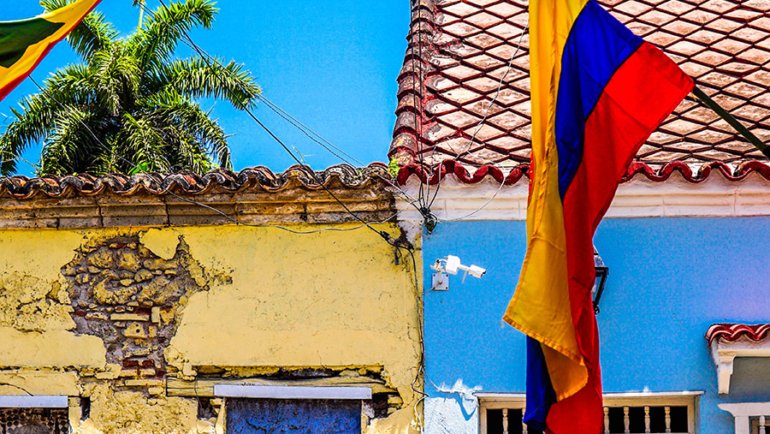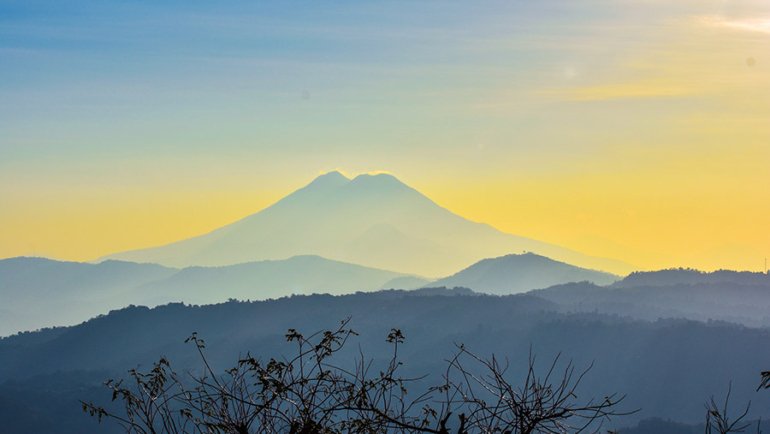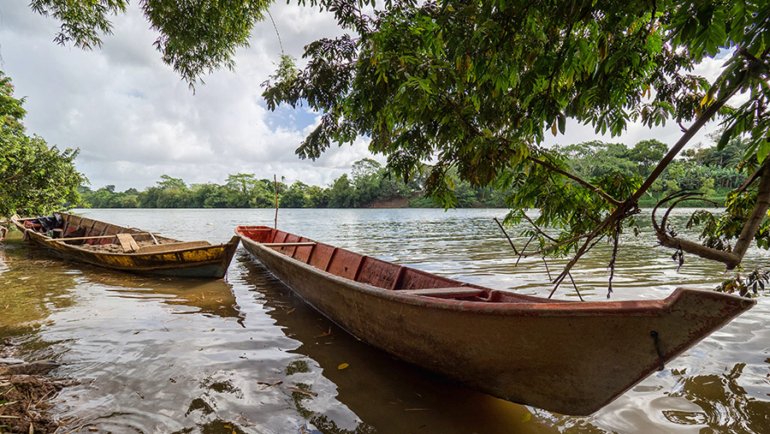The artificial 82 kilometers (51 miles) waterway known as the Panama Canal separates South and North America and connects the Atlantic and Pacific oceans. Located in Panama, the canal serves as a route for trade as it cuts through the Panamanian Isthmus.
The canal allows ships to travel between the Pacific and Atlantic oceans much more quickly by avoiding the dangerous and time-consuming Cape Horn channel via the Strait of Magellan or the Drake Passage, as well as the less popular option through the Bering Strait and the Arctic Archipelago.
When and Why Was The Panama Canal Built?
For those who are wondering what is the Panama Canal’s history? It is essential to note that since the early 1500s, people began to consider building a waterway across the Panama Canal to connect the Atlantic and Pacific Oceans. King Charles I of Spain asked his regional governor to consider having a passage through the Chagres River after an explorer (Vasco Nuñez de Balboa) learned that only a small portion of land separated the two oceans.
The idea of a possible shortcut connecting Europe to eastern Asia remained alluring, although it seemed impossible to realize such a route across the mountainous, tropical terrain. The only two options were traveling around South America by boat through the stormy, unreliable Strait of Magellan or transporting people and commodities across the ocean using the Panama Railroad.
However, in 1788 Thomas Jefferson, who was serving as France’s minister, advised the construction of the canal because they were in charge of the territories. Passing through this canal would be less dangerous for major ships compared to sailing around South America’s southernmost point.
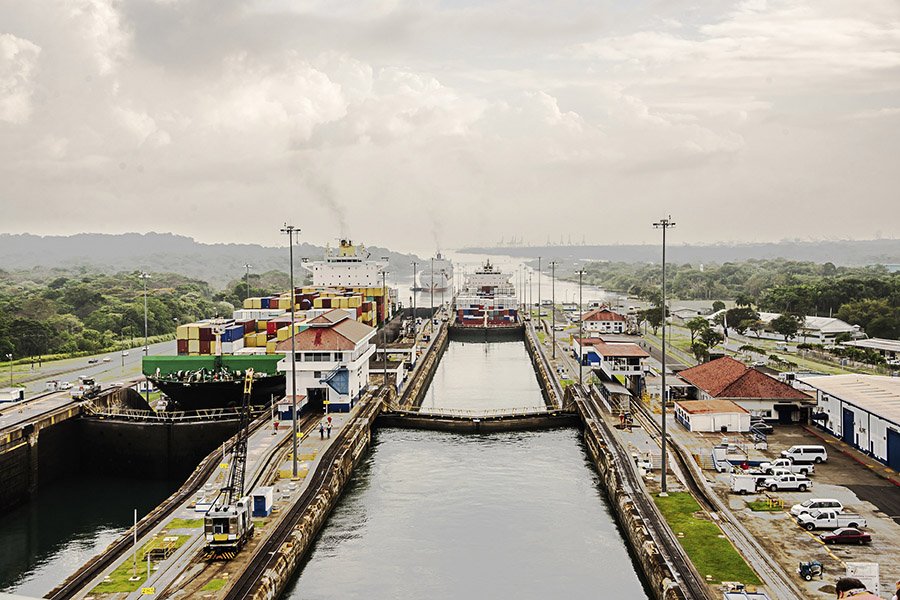
Why Was The Canal Built in Panama?
One of the main reasons for the canal to be in Panama was its strategic position, which made Theodore Roosevelt want to construct a canal connecting the Pacific and Atlantic seas before the Spanish-American War in 1898.
After the U.S. triumphed in the conflict and took control of the Philippines, Guam, and Puerto Rico, the desire increased since Roosevelt wanted to make the channel smaller and accessible for navy ships.
Who First Attempted To Build a Panama Canal?
The first nation to attempt the project was France. Construction on a proposed sea-level canal began in 1880 under Count Ferdinand De Lesseps, who also oversaw Egypt’s Suez Canal construction.
The French immediately realized the enormous task that lay before them: there was no way to stop the spread of yellow fever and malaria, in addition to the relentless rains that led to severe landslides.
After realizing when it was too late that building a sea-level canal would be too challenging, De Lesseps refocused his efforts on building a lock canal. However, France stopped the project in 1888.
What Was A Major Problem For Building The Panama Canal?
In 1909, accidents overtook diseases as the leading cause of death in the canal zone as the yellow fever threat subsided. The Culebra Cut, an eight-mile mountainous section, required workers to dig a ditch at least 300 feet wide and 45 feet deep, which was the riskiest part of their operation.
The Culebra Cut, often known as “Hell’s Gorge,” was a roaring locomotive and steam shovel-filled cauldron of noise where there were risks of drowning and electrocution. Around 60 million pounds of dynamite, which could spontaneously explode due to Panama’s tropical climate, were being used by workers to blast the mountains away.
For instance, in December 1908, there was an accident where an excavating machinery accidentally ignited unexploded charges, hence causing an explosion that claimed the lives of 23 workers. Antonio Sanchez, a worker, compared working in the excavation to going to a battlefield. It is because hospitals in the canal zone resembled those in a war zone due to the horrifying injuries that some employees had sustained, some of which required amputation.
How Many Lives Were Lost in Building The Panama Canal?
The builders of the Panama Canal rapidly discovered that despite how simple it appeared on a map, building a waterway through a short strip of land was much more difficult than they had anticipated. The construction of a channel proved to be one of the world’s most dangerous and challenging tasks in the Panamanian isthmus.
Despite their best efforts, the natural landscape resisted the architects’ attempts to design it. In a jungle with 105 inches of annual rainfall, an average annual temperature of 80 degrees, and snakes, construction workers had to figure out how to maneuver these conditions.
Unfortunately, death could come in the form of an 18-ton boulder or malaria-carrying mosquitoes that multiplied in millions in rotting swamps and puddles. At least 25,000 workers lost their lives while constructing the Panama Canal for over three decades. Heavy rainfall was causing mudslides that buried the workers alive while destroying the construction equipment. On top of that, a civil war broke out, an earthquake shook the nation, and Colón’s city was destroyed by fire.
Most of the workforce was also wiped out by yellow fever epidemics and diarrhea outbreaks. About three-quarters of the French technicians who joined Lesseps in Panama passed away within three months of their arrival. According to author Matthew Parker in Panama Fever, a Canadian doctor’s estimated that 30 to 40 laborers per day perished in the wet seasons of 1882 and 1883.
The U.S. State Department estimates that by the time France gave up on the project in 1888, 20,000 workers had perished in accidents and illnesses. Most victims were natives of Caribbean islands, including Antigua, Barbados, and Jamaica. According to the book ‘Panama Fever,’ the estimated deaths from both USA and France ventures added up to 500 lives lost for every mile of the canal, which is currently 51 miles. That’s 25,500 deaths.
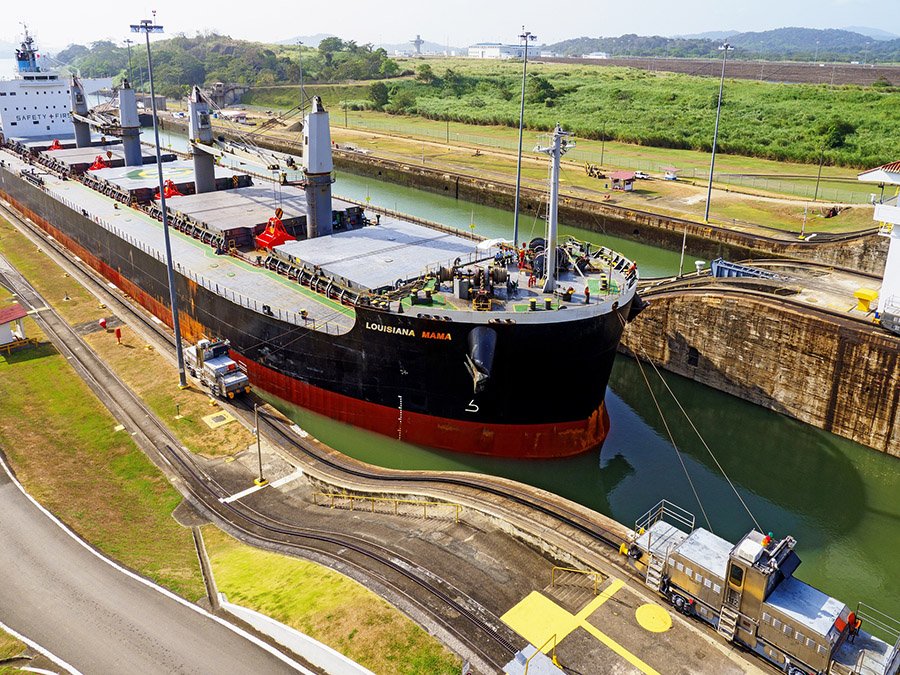
Who Designed Panama Canal?
Alessandro Malaspina was the first person to initially design and develop ideas for a canal during an expedition from 1788 to 1793. However, on January 1, 1881, Ferdinand De Lesseps made the first attempt to build a canal through Panama. He had previously been successful in building the Suez Canal.
Despite having to be only 40% as long as the Suez Canal, the Panama Canal’s design posed a significantly greater engineering problem because of the mix of rain forests, a harsh temperature, and the absence of any prehistoric path to follow.
After just one year on the isthmus, John Findley Wallace, the first chief engineer of the Panama Canal project, resigned out of dissatisfaction. John Stevens, who succeeded him, only served for 20 months, but during that time, he managed the engineering of the canal’s lock system and the restructuring of the Panama Railroad. These two challenges were essential to the project’s completion.
Colonel George Washington Goethals, who led the project to its conclusion in 1914, was appointed as the third and last Chief Engineer in 1907. While organizing and constructing the largest lock canal in history, all three men overcame numerous obstacles, such as a complicated bureaucracy, pressure from American politicians, and the persistent fear of yellow fever and malaria.
Who Owned The Panama Canal First?
Although France was the first nation to initiate the canal’s construction, we cannot conclude that it was the first country to own the Panama Canal since it was just a project in its initial construction phase and not yet a functional canal. The United States bought the French assets in the canal zone for $40 million in 1902 after consideration by the U.S. Isthmian Canal Commission and backing from President Theodore Roosevelt.
The Hay-Bunau-Varilla Treaty, which gave America permanent control of the Panama Canal Zone, was signed together with Panama on November 18, 1903, after the United States had recognized the Republic of Panama on November 6 of that year. In return, Panama received $10 million and a $250,000 annuity that would start after nine years.
When Was The Panama Canal Completed?
In 1913, the enormous undertaking started to come to a conclusion. In May, the last spillway of Gatun Dam was shut to allow the lake to rise to its maximum height. A few weeks later, two steam shovels moving in opposite directions met in the middle of Culebra Cut. The Gamboa dike blew up in October due to President Woodrow Wilson’s deployment of a telegraph at the White House, drowning the last section of Culebra Cut’s dry tunnel.
Despite a scaled-back grand celebration due to the start of World War I, the Panama Canal was finally opened on August 15, 1914. It was the most costly building project ever undertaken in the United States at the time, having cost more than $350 million to complete.
How Long Did It Take To Complete The Panama Canal?
Although the French started building the canal in 1881, they had to halt the project since their efforts were proving to be unsuccessful due to illness and technical difficulties. The United States took over and started building the canal in 1904. After ten years of grueling labor, the canal finally opened on August 15, 1914.
How Much Did Panama Canal Cost?
A total of 3.4 million cubic meters of concrete were used to create the locks during the American construction phase. Therefore, the United States spent approximately $375,000,000 on the Panama Canal, which includes the $10,000,000 Panama paid and the $40,000,000 the French were reimbursed after they discontinued the project. It was the most costly construction project in American history at the time.
Last Thoughts
The Panama Canal has significantly altered and improved global shipping patterns by eliminating the need for ships to pass through the Drake Passage and Cape Horn. For instance, the canal reduces the distance traveled by sea from New York to San Francisco by around 7,800 miles (12,600 km).
The canal’s projected military importance was also demonstrated during World War II when it assisted in rebuilding the shattered United States Pacific Fleet. Currently, the Panama Canal continues to boost international relations between the U.S. and the rest of the globe. As a result, the work was not in vain despite the difficulties encountered during construction.
